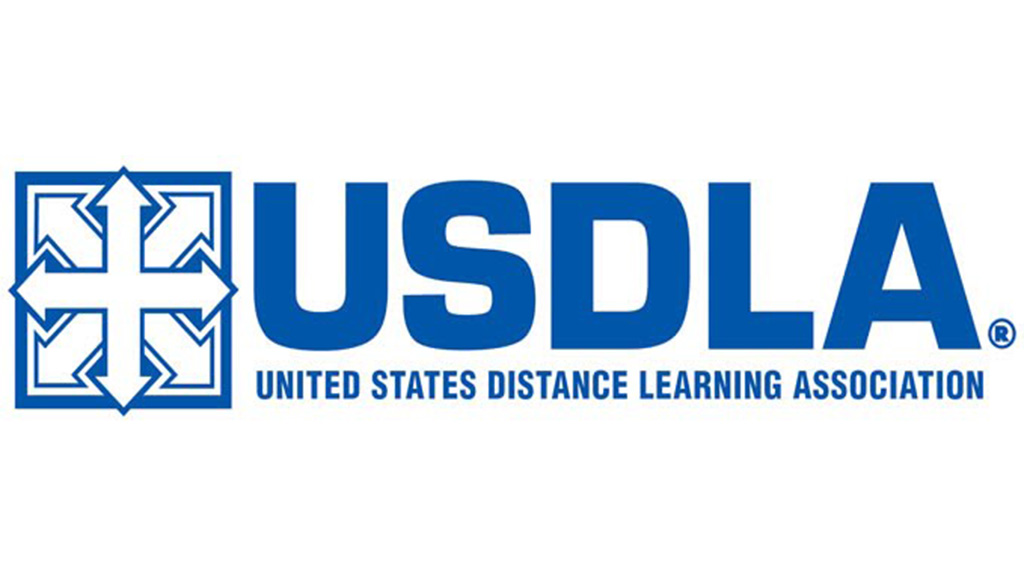Human resources
Staff recruitment
Successful recruitment and selection systems and practices facilitate the development of the University's workforce profile.A review of existing recruitment processes and principles identified opportunities to standardise and simplify the position management process to make it easier to understand and apply consistently across all parts of the organisation. A key deliverable of the review is the 'Recruitment and Appointment Justification eForm' which introduces a standard entry point and upfront approval process for recruitment and appointment activity and it is now included in our recruitment processes.
How do I fill a vacant position?
Review the Recruitment and Appointment Justification eform User Guide for assistance.
To advertise a position
Undertake workforce and capacity planning in consultation with your HR and Finance Managers before completing and submitting a Recruitment and Appointment Justification eForm providing details of your recruitment request. Review the Recruitment and Appointment Justification eform User Guide for assistance.
The justification eform enters a robust approval workflow . Upon receipt of this approved justification eform, the Talent Acquisition team will contact the initiator for additional information required.
The PageUp Recruitment System is used to facilitate the end-to-end recruitment process from job requisition, candidate management and online offer.
To appoint someone directly into a position
Undertake workforce and capacity planning in consultation with your HR and Finance Managers before completing and submitting a Recruitment and Appointment Justification eForm providing details of the direct appointment request. Review the Recruitment and Appointment Justification eform User Guide for assistance.
The justification eform enters a robust approval workflow . Upon receipt of this approved justification eform, the HR Operations team will contact the initiator for additional information required.
Please ensure that the Recruitment Procedure is followed for direct appointments:
4.3 Competitive and merit based process
All continuing and fixed-term positions must be advertised and recruited via a competitive, merit-based selection process in accordance with this procedure and the University’s Enterprise Agreement (as amended or replaced).
For an appointment to be considered competitively advertised, a minimum of one week’s advertising on the University of APSB internal job opportunities webpage is required.
Exceptions to the requirement to advertise (4.3.2):
Fixed term positions that are less than 12 months duration;
Positions where the staff member is named or identified for a research grant or awarded a fellowship;
Where the position is continuing or greater than 12 months duration, there are ‘exceptional circumstances’ to justify a direct appointment and approval by the Executive Director, HR;
Where a candidate has been identified through the redeployment process;
Casual positions.
To renew or terminate a fixed term employment contract
Submit a Recruitment and Appointment Justification eForm for contract renewals if the position is funded from:
13 – Discretionary Research Activity (Discretionary funded)
14 – Strategic Initiatives (Strategic funded)
15 – General Operating (Discretionary funded)
99 – Balance Sheet (Discretionary funded)
Review the Recruitment and Appointment Justification eform User Guide for assistance and a funding type lookup guide.
The justification eform enters a robust approval workflow . Upon the receipt of your approved justification request, to renew the contract, Supervisors log into their worklist and action the renewal including attaching the justification approval.
If the position is no longer required, Supervisors log into their worklist and action the termination. No Recruitment and Appointment Justification eform is required.
CRAFT (Contract Renew and Administration for Fixed Term) is a fully automated and integrated online system supporting processes associated with managing subsequent fixed term employment contracts.
Hiring casual staff
A person is a casual employee if they accept an offer for a job from an employer knowing that there is no firm advance commitment to ongoing work with an agreed pattern of work.
Casual vs Fixed Term Employment
Consider whether staff are appropriately engaged as a casual employee or should be fixed term.
Casual staff are engaged by the hour/session and work on an ad hoc or irregular basis for a given work period.
Fixed term staff have an advance commitment to ongoing employment (for the fixed period). They can expect to work regular hours each week.
Note: Sometimes casual employees work a regular pattern of hours. This doesn’t mean they’re permanent, but if the arrangements continue, they might be entitled to conversion to continuing employment (‘casual conversion’) after 12 months.
Please complete the Casual Staff Contract Request form abiding by information and requirements on the casual staff Hiring Manager webpage.
Secondments
To initiate a secondment, undertake workforce and capacity planning in consultation with your HR and Finance Managers before completing and submitting a Recruitment and Appointment Justification eForm providing details of the secondment request. Review the Recruitment and Appointment Justification eform User Guide for assistance.
The justification eform enters a robust approval workflow . Upon the receipt of your approved justification eform, the HR Operations team will contact the initiator for additional information required.
A secondment is a fixed-term opportunity for professional staff on fixed-term or continuing employment contracts to work in a different position for a set amount of time and then return to their own position. Hiring Managers use any of the following methods to find a suitable candidate:
Secondment Register (in consultation with Talent Acquisition team);
Internal advertisement;
Networking, personal knowledge, etc.: or
Directly approaching a staff member who has expressed an interest
Please abide by the Secondment Procedure.
Responsibility loading / higher duties allowance
An option for fixed term or continuing staff, it does not apply to casual staff.
Higher Duties Allowance: Professional staff members who are required to perform duties at a higher level than their existing position, are entitled to payment of a higher duties allowance
Responsibility Loading: A Responsibility Loading provides managers with the flexibility to remunerate an academic or professional staff member who performs duties or holds a greater level of responsibility in addition to their substantive position.
View the Loadings. Allowances and Performance Bonus Procedure for more information and requirements.
























